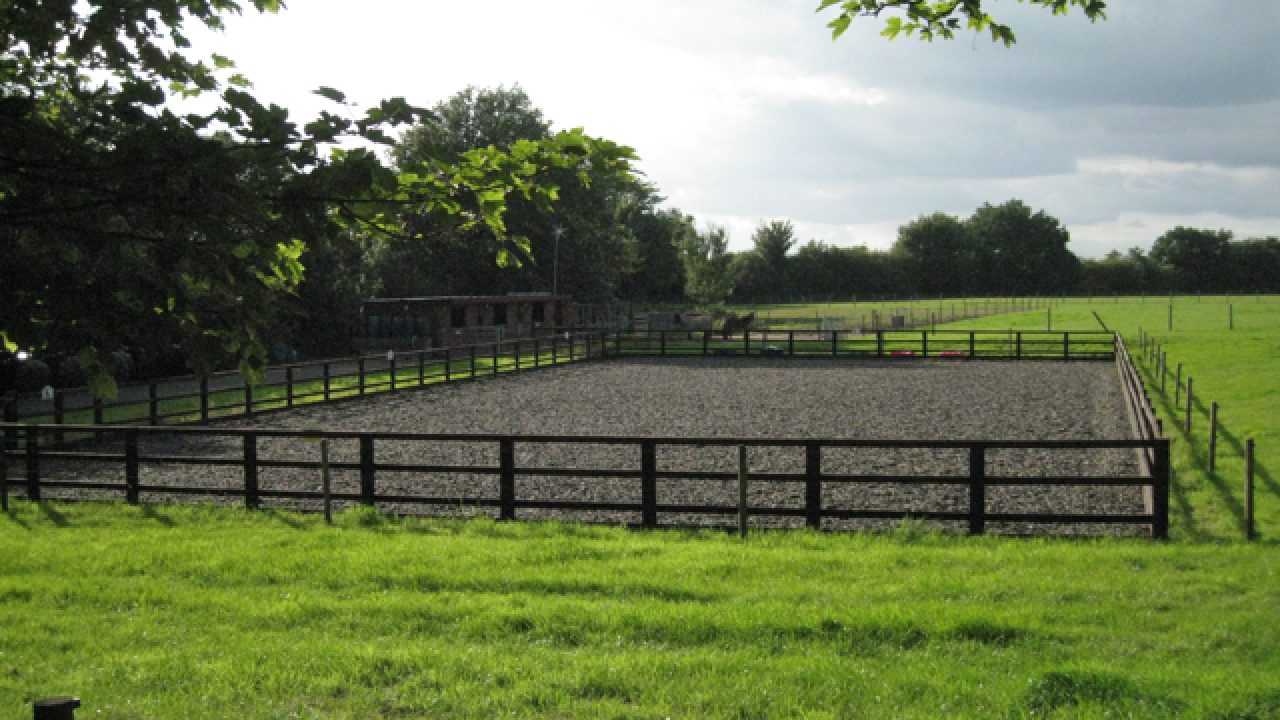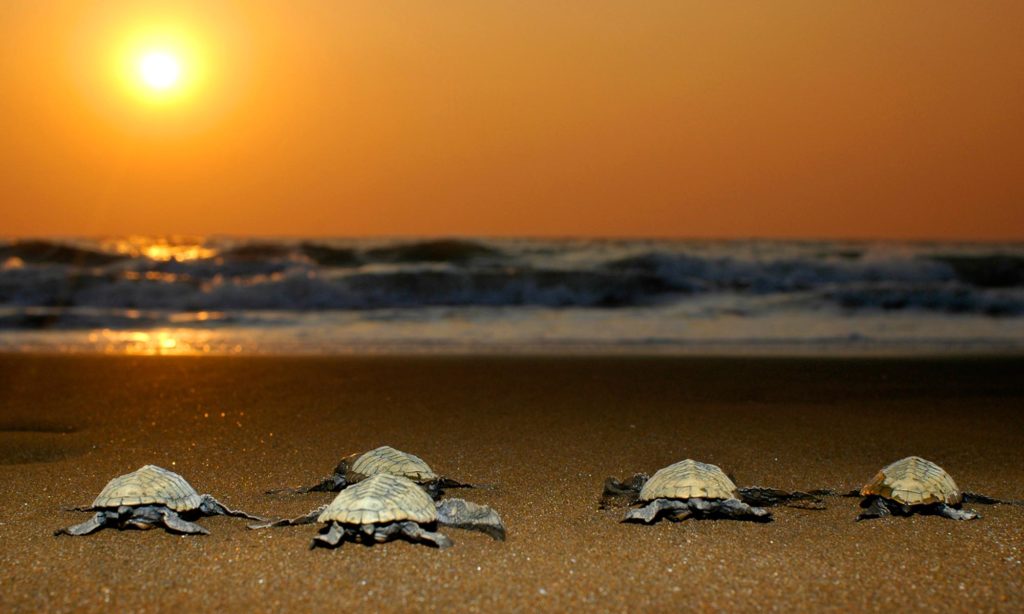Horse arenas follow the rules of construction. The infrastructure must have a solid and reliable foundation so that the stadium can last as long as possible without the little maintenance needed to keep it in good condition.
You need to understand the things that make a good foundation. Let’s start by examining the various stages and layers of the field.
Different Layers of a Horse Arena
Three layers form an arena: base, lower base, and upper layer. Before undertaking any upgrades or renovations, you should know each location’s role in the racetrack basement. Most importantly, they do contribute to the health of your horses.
Foundation
The foundation is also the foundation, and indeed, the whole forum is sitting on it, making it very important. Most horsepower bases are made of clay and can vary in size. The foundation should be solid and stable for a long time. When the ground is solid, your horses have specific steps on the field.
Base
A subsurface usually contains sand or a related product. The subsurface resides between the top layer and the base. However, in some designs, the subsurface is a high-end fabric extension.
Top Layer
The topcoat contains a lot of sand and a small percentage of silt and clay. It is also called the foot layer.
When choosing a horse arena dragline, you must acknowledge that there are numerous types of sands. Therefore, the arena should have the ideal mixture of grains of sands of varying sizes. Each type of sand offers a unique purpose. The perfect mix of sand is the medium course, especially if it is hard and washed.
You should avoid using round grain sands because they have minimal traction and may lead to riders’ and horses’ bad experiences. Also, sand that creates dust and crumbles quickly is not suitable for a horse arena.
When choosing a horse arena dragline, you should consult a contractor so that you can find the best traction for your horses.
Understanding the Composition of a Horse Arena Base
Regardless of an indoor or outdoor arena, it would be best if you still had a solid foundation that will support the horse’s comfortable traction for a long time. If you do not have a solid base, you risk your horse sustaining injuries if their footing pierces the upper layer by bad luck.
A horse arena base construction is an expensive experience. The materials are not costly; however, you will encounter massive costs when exporting or importing large quantities of the necessary materials.
The following are the layers involved if you want to build an efficient and long-lasting arena.
The Sub-Base
The sub-base is the first stage of building a horse arena base. To make the excavation effective, it should be at least six inches into the soil to make the area for the arena some inches under compared to the rest of the ground. It is a process called boxing out and entails laying the sub-base on top of compacted soil.
However, for your construction to be successful, you must think of drainage. The horse arena cannot function without efficient runoffs and drains, making the area mushy.
When building an outdoor arena, you can make a two percent crown at the center to allow water to flow down and outside the stadium. As for indoor arenas, building drains to keep the water from accumulating and harming the footing layer.
After the box-out process is complete, you can then make installations of the retaining boards. The boards hold the footing and stop it from washing away into the drains. The panels also prevent grass from outside the arena from creeping into the footing layer. It is a consistent border that works both ways effectively.
Aggregate Stone Layer
After the sub-base is complete, you should start constructing the aggregate stone layer. It is a vital installation as it forms part of the base. These are typically angular stones that should comprise different sizes ranging from an eighth of an inch to an inch.
The aggregate stone layer should be at least 3 inches deep with a top dressing of at least four inches of stone dust.
However, all these depend on the horse arena’s site and the readily affordable and available materials in that area. Also, building either an indoor or outdoor arena affects your choices of materials and the cost. While both have distinct advantages and shortcomings, both rely on a stable base. Therefore, you must pick your materials wisely.
Geotextile Fabric
Although geotextile fabric may not be necessary for the construction of a horse arena base; it becomes critical when you think of long-term maintenance and use of the floor. The added stones and stone dust should fill up the surface. It helps to inhibit the aggregate rocks from penetrating the top and destroying the footing. The geotextile fabric also inhibits grass and weeds from finding their way to the top base.
Conclusion
Learning how to maintain your horse arena, should be at the top of your priority list once your arena is installed. Footing materials and the maintenance of them will determine the lifespan of the arena. Bear in mind that the footing will eventually change, and you should analyze, adapt and maintain the footing material over time.
Surface maintenance is the primary factor in your horse arena maintenance plan, as an arena owner, it is your responsibility to recognize the need for footing material replacement and general repairs. Sand-based footings are usually more long-lasting.
Monitoring the moisture levels of the arena footing is part of dragging the arena properly. Depending on the type of ground you have, you will need different amounts of water. Before the beginning of the construction, be sure to consult a footing expert and contractor. You don’t your footing too moist as this will make the footing slick; but if with not the proper moisture level, the footing can become dusty and hard of the animal trotting.
Mastering the different ring dragging techniques ensures the arena’s maintenance, and consequently, the horses’ health. After a long cold winter and a crack in the trip, and a lot of snowmobiles, springtime is an excellent opportunity to start preparing for your Rockport.

